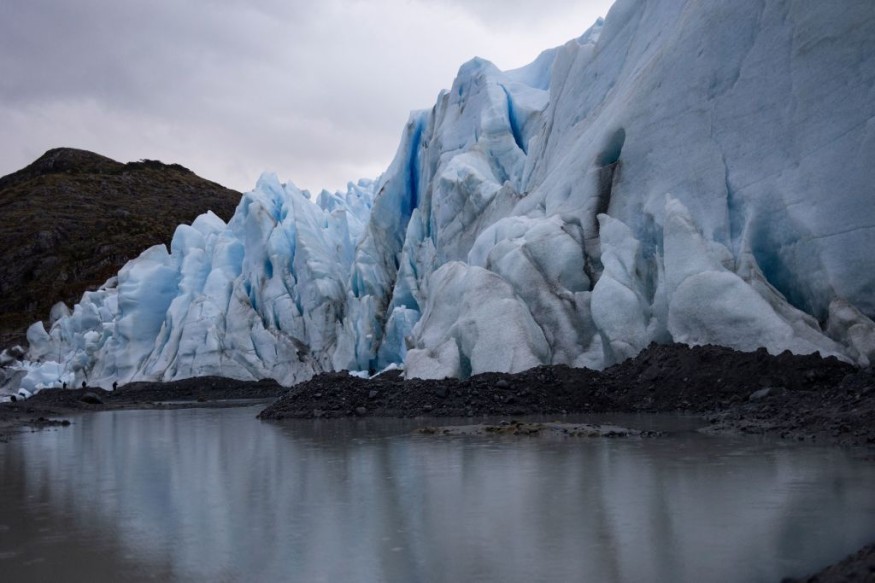Glacial melting or disappearance is increasing at an alarming rate in the Northern Hemisphere, according to researchers who conducted a study since 2000.
The decreasing number of glaciers are not only caused by climate change and global warming but also physical characteristics possessed by glaciers.
Northern Hemisphere Glaciers Continue to Melt Since 2000

In a study published in the Geophysical Research Letters on January 10, researchers mapped out a large number of marine-terminating glaciers in the Northern Hemisphere between 2000, 2010, and 2020. The researchers were able to come up with the following results:
- The study showed 1,794 glaciers touched the ocean in 2000
- 85.3% of glaciers retreated and had their mass reduced in area
- 2.5% of glaciers advanced or have their size increased in area
According to the study's lead author, Will Kochtitzky, a Ph.D. candidate in the Department of Geography, Environment and Geomatics at the University of Ottawa, glaciers in the Northern Hemisphere that touched the ocean have lost a total area of 390 km2 per year.
The researchers admit while human-induced climate change and global warming are significant factors in the melting of ice glaciers, they were quick to add that this is not always the case.
The researchers said that local topographic and environmental conditions are essential factors on why some glaciers melt or decrease more than others, as per Phys.org.
Also read : Antarctica's Doomsday Glacier at Risk of Collapsing, Could Permanently Change Global Coastline
Terminating and Retreating Glaciers
The study specified unique glacier characteristics are the most important factor in determining whether a glacier will terminate or not. The words terminate or terminus is used to describe the end of a glacier, which is usually the lowest end of a glacier.
Terminus glacier or disappearance is often referred to as a glacier toe or snout, as per the National Snow & Ice Data Center. Moreover, the study used the term glacier retreat or melting to describe the melting of glaciers. A glacial retreat occurs before a glacier's terminus state.
The study showed there are variations amongst glaciers even they are all exposed with the same similar changes in air and ocean temperature and sea ice concentrations, according to the study's co-author, Luke Copland, a professor at the University of Ottawa's Department of Geography, Environment, and Geomatics.
The researchers said the loss of ice shelves, a floating sheet of ice attached to a landmass, is one of the main drivers of a glacier retreat.
Copland added glaciers with a bed below sea level and those deeper away from the coast often saw a fast glacier retreat. Over the past 20 years, a dozen ice shelves have already melted due to climate change.
Melting of Glaciers are Not Likely to Slow Down
The study's researchers stated marine-terminating glacier losses are widespread across the Northern Hemisphere and they remark that it is unlikely that these losses will slow down given the current climate change and global warming.
The researchers concluded that the remaining ice shelves in northern Canada, Greenland, and Russia are likely to melt in the coming decades. This scenario is plausible especially the continued increase of global temperature due to climate change.
© 2025 NatureWorldNews.com All rights reserved. Do not reproduce without permission.





